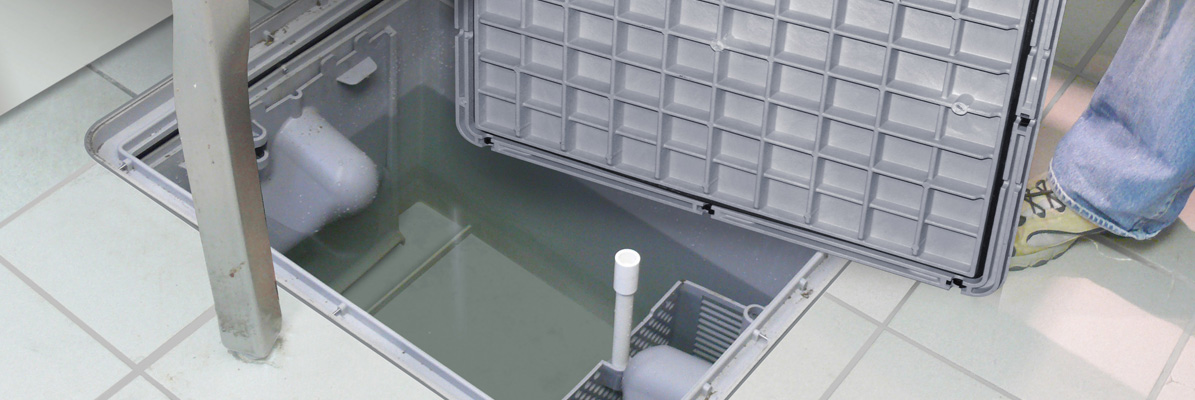
Officially known as “hydromechanical grease interceptors,” or HGIs, they are more sophisticated than “gravity grease interceptors,” or GGIs, the traditional model.
The GGIs are more or less large tanks that serve as a reservoir for the passive separation of FOG from wastewater—a process that usually takes in excess of 20 minutes. Most GGIs are made of concrete or metal: Both materials are subject to corrosion, leaks, and foul odors, with operational lives of as little as three years. Endura instead is made of an engineered thermoplastic material that is resilient to such corrosion. The plastic (and all accompanying mechanisms) can last up to 10-plus years.